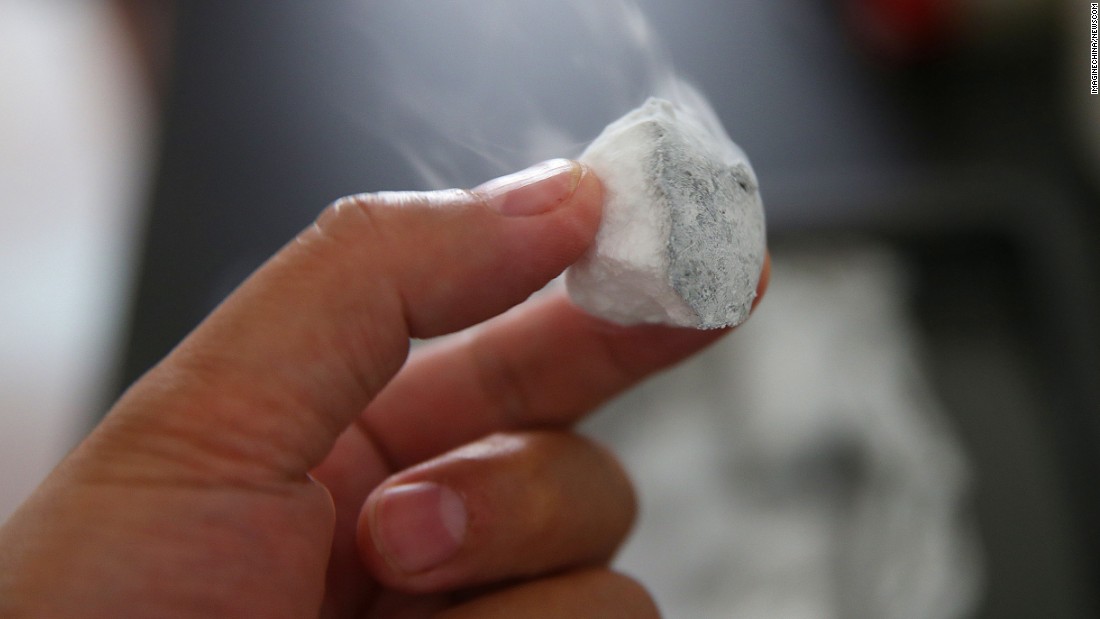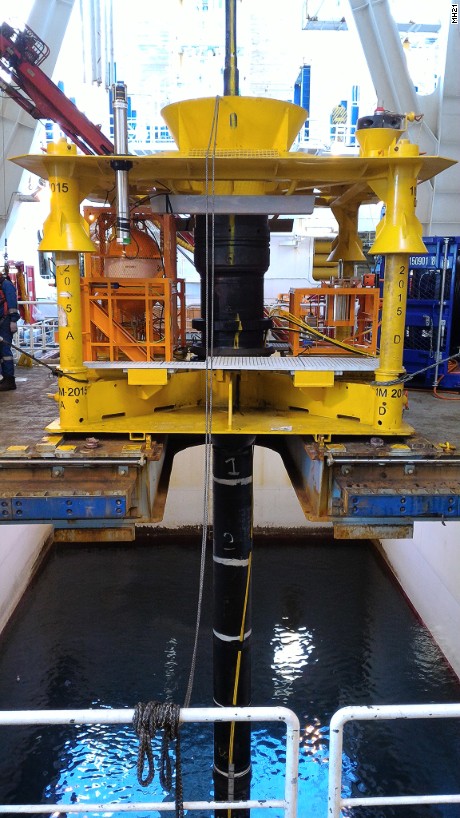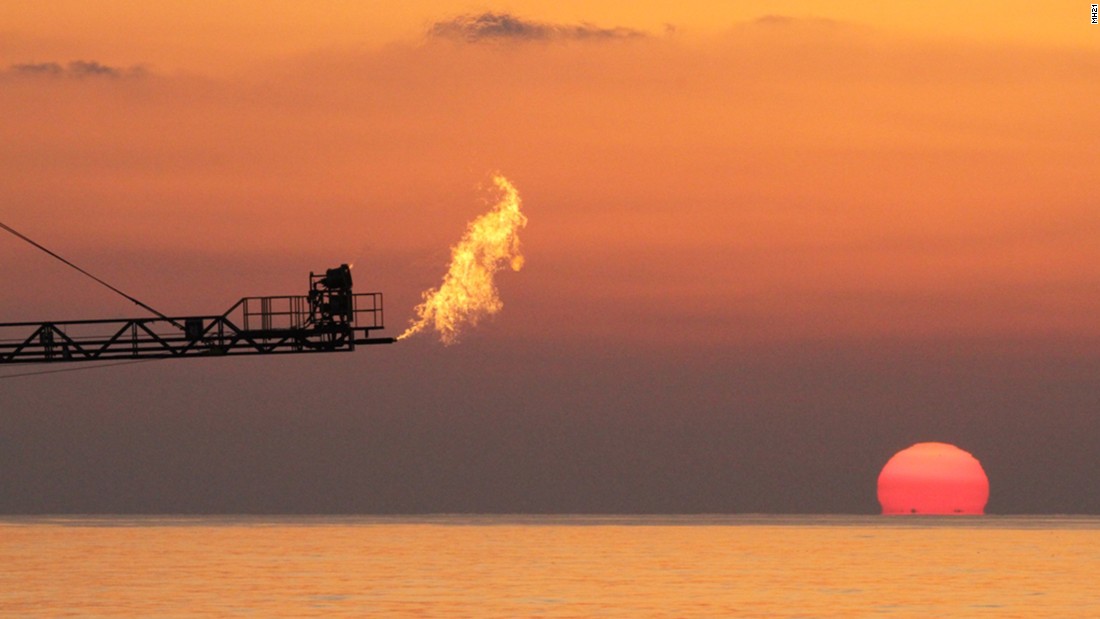OCTOBER 29, 2017 / 3:51 PM / 3 DAYS AGO
Japan Inc.'s safety failures point to deeper malaise
Sam Nussey
TOKYO (Reuters) - A series of safety scandals at Japanese companies have put the country’s lionized factory floor under scrutiny as manufacturers struggle with increased pressure on costs, stricter enforcement of standards and growing competition.
The logo of Subaru Corp. is pictured at the 45th Tokyo Motor Show in Tokyo, Japan October 25, 2017. Picture taken October 25, 2017. REUTERS/Toru Hanai - RC150E746E90
With margins squeezed by a stagnant domestic market and rivalry from China and South Korea, many factories have cut costs, reducing their reliance on workers in lifetime employment in favor of laborers on temporary contracts.
As they have done so, safety scandals have erupted across the country’s much-vaunted manufacturing sector, with Subaru Corp on Friday joining Nissan Motor Co Ltd in admitting it failed to follow proper vehicle inspection procedures.
Earlier this month, Japan’s third-largest steelmaker, Kobe Steel Ltd, said its workers had tampered with product specifications for years, leaving companies around the world scrambling to verify the safety of cars, planes, trains and electrical goods.
Unable to easily lay off “regular” employees, full-time employees with permanent contracts and pay scales based on seniority that formed the heart of Japan’s post-war workforce, companies have increasingly come to rely on “non-regular” workers - temps, part-timers and short-term contract workers.
These non-regular workers allow companies to cut costs and adjust their workforce, said Koji Morioka, emeritus professor at Kansai University and an expert on workplace issues. But it has led to a de-skilling of the factory floor, lowering standards and increasing the likelihood of wrongdoing and accidents, he said.
“The use of these ‘disposable’ workers is greatly increasing,” Morioka said. “The loss of experienced, skilled workers on the factory floor is becoming more and more risky.”
The share of non-regular workers in the labor force has risen from 20 percent in the early 1990s to a record 37.5 percent last year - with the proportion in some companies higher still.
The pay gap is stark, with regular workers last year on average paid 321,700 yen ($2,830) monthly compared with 211,800 yen for contract workers.
Companies are failing to produce the skilled workers needed to ensure standards are met in areas like safety at a time when scrutiny is intensifying around the world and lapses are met with greater criticism, said Parissa Haghirian, professor of Japanese management at Sophia University in Tokyo.
“There is a real human resource problem,” she said, with the traditional model of hiring workers straight out of school or university, teaching them on the job and rotating them between departments no longer functioning well.
AFTERTHOUGHT
With the ratio of companies complaining of labor shortages at a 25-year high and with firms needing specialists but failing to produce them internally, competition for skilled workers is likely to become more fierce, Haghirian said.
“I predict high performers will leave more quickly... leaving companies in trouble because these people traditionally would stay and drag everyone else along,” she said.
Japanese companies are not alone in being caught up in scandals, with European and U.S. companies caught cutting corners and manipulating results in areas like vehicle emissions tests to the sale of meat. But the Japanese firms face questions over whether they can adapt quickly enough.
Some Japanese makers have taken the attitude that “because the factory floor is well run, quality control and inspection can be applied as an afterthought,” said Tadashi Kunihiro, a lawyer who is a director and auditor on company boards.
Companies, he said, were not placing their most skilled workers in quality control roles.
While safety lapses have been going on at some companies for years or even decades, the decline of the lifetime employment system has likely sapped the loyalty of workers who are more likely to raise concerns themselves, Kunihiro added.
Improving transparency at companies has been a key plank of Prime Minister Shinzo Abe’s corporate governance reforms through measures such as boosting the number of outside directors.
But experts question whether such reforms can do much to prevent safety scandals occurring in the first place.
“Even if there are more outside directors, if there is cheating on the factory floor there is no way they will be able find out,” a senior executive in the aluminum industry said, speaking on the condition of anonymity.
“Even executives don’t know what’s happening on the factory floor,” he said.
Executives are guilty of becoming too detached from the operational side of the business, said Toshiyuki Shimegi, president of Porsche Japan.
“There is a need for more micromanagement,” he said on the sidelines of the Tokyo Motor Show. “They are missing the hands-on approach.”
Reporting by Sam Nussey, additional reporting by Aaron Sheldrick, Ritsuko Shimizu; Editing by Raju Gopalakrishnan
Our Standards:The Thomson Reuters Trust Principles.










